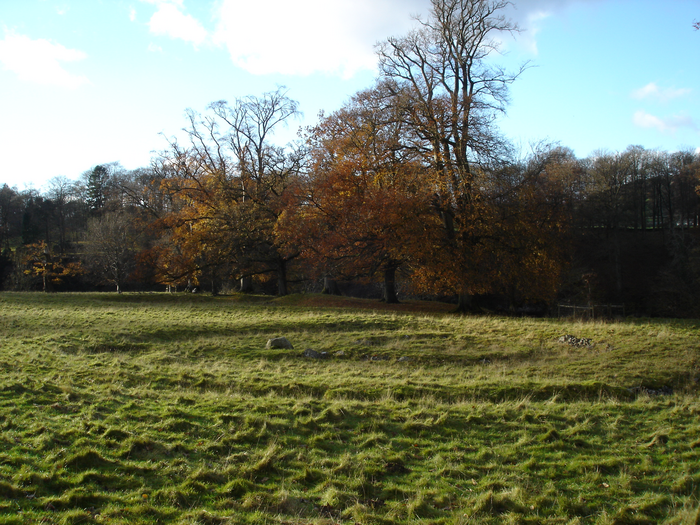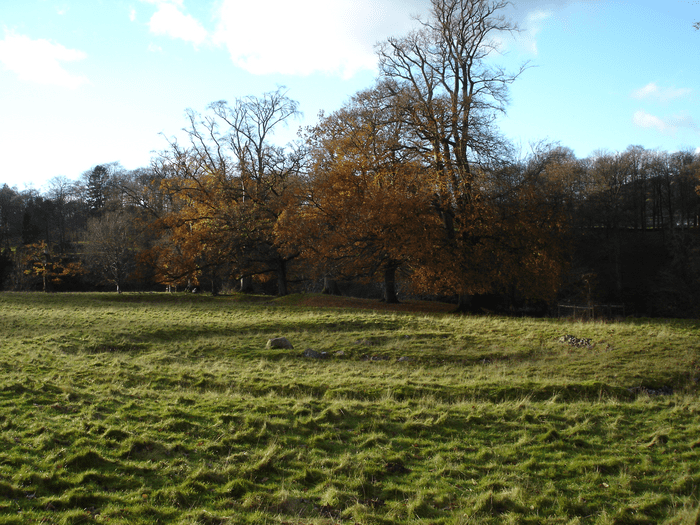
Europe’s 4,000-Year Plague: Historical Insights ,In 1346, the Tatar leader Khan Janibeg laid siege to a Genoese city in the Crimea called Kaffa, hoping to dislodge the Italians from this central stronghold. What happened next happened part legend, part historical record: While the Tartars waited outside the walls of Kaffa, the soldiers began to fall one by one from a terrible disease, the plague.
In frustration, the Tatar leaders catapulted the disease-ridden bodies over the city walls, where the inhabitants threw the bodies aside and fled in ships back to Italy. But the plague followed them to Sicily and spread throughout Europe, killing 30 to 50 percent of the population by 1351.
New research however, it showed that a different strain of the plague existed in England as early as the dawn of the Bronze Age, some 4,000 years ago, showing how people lived alongside the disease for millennia while suffering only periodic pandemics. The study found that the ancient strains lacked the gene needed for flea-to-human transmission. (During the Black Death, rat fleas transmitted the disease to humans on an industrial scale.)
Discovery of 4,000-year-old traces of plague
Researchers from the Francis Crick Institute in London took samples of skeletons from two burial sites in England – a mass burial in Somerset and a ring monument in Cumbria. Of the 34 people who found evidence of the plague bacterium, Yersinia pestisin the remains of two children aged 10 to 12 and a woman aged 35 to 45. According to radiocarbon dating, all three lived about 4,000 years ago.
Using a “clean room,” the researchers drilled into the teeth of the three, into their dental pulp, also known as the innermost layer of the tooth that contains blood vessels. In the fossilized tissue, they found DNA remnants of Y. pestis.
Read more: Scientists reveal the story of the origin of the Black Death
However, they did not conclude that the mass burial was the result of a hearth, as the remains there showed signs of physical trauma. Some of these people died with the plague in their bodies, but given the fragility of bacterial DNA, researchers can’t say exactly how many.
How did Bronze Age people respond to the plague?
The new research contains the oldest evidence of plague in England, although previous research has found evidence of it in mainland Eurasia between 5,000 and 2,500 years ago. This “LNBA” plague lineage probably leaked out of central and western Europe about 4,800 years ago, the study said, as humans spread west.
“We see that this [Y. pestis] the lineage, including the genomes from this study, lost genes over time, a pattern that emerged in later epidemics caused by the same pathogen,” said Pooja Swali, a researcher at the Crick, in press release.
As the plague’s DNA changed, the researchers say, so did ours, in an “evolutionary arms race with the pathogens themselves,” according to Pontus Skoglund, group leader of the Crick Laboratory of Ancient Genomics, in a press release. “Future research will do more to understand how our genomes have responded to such diseases in the past.”

